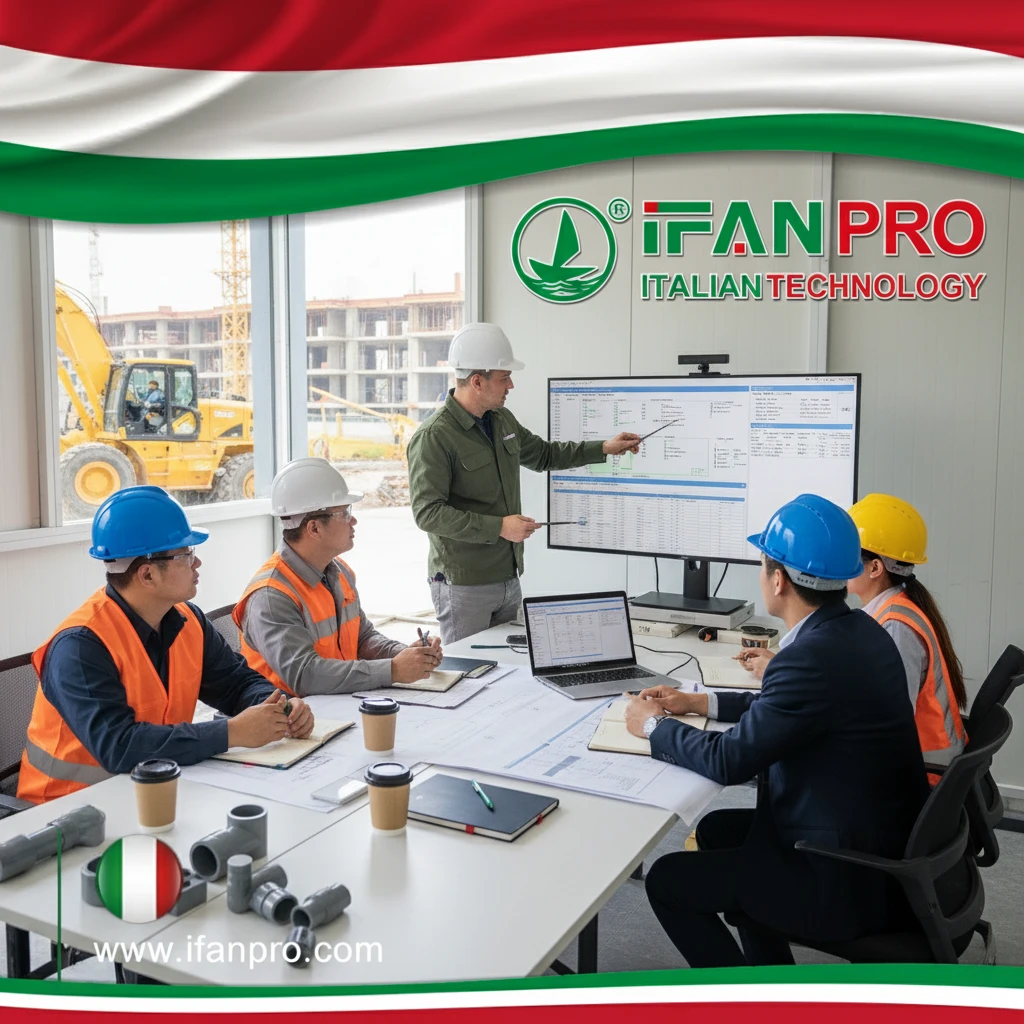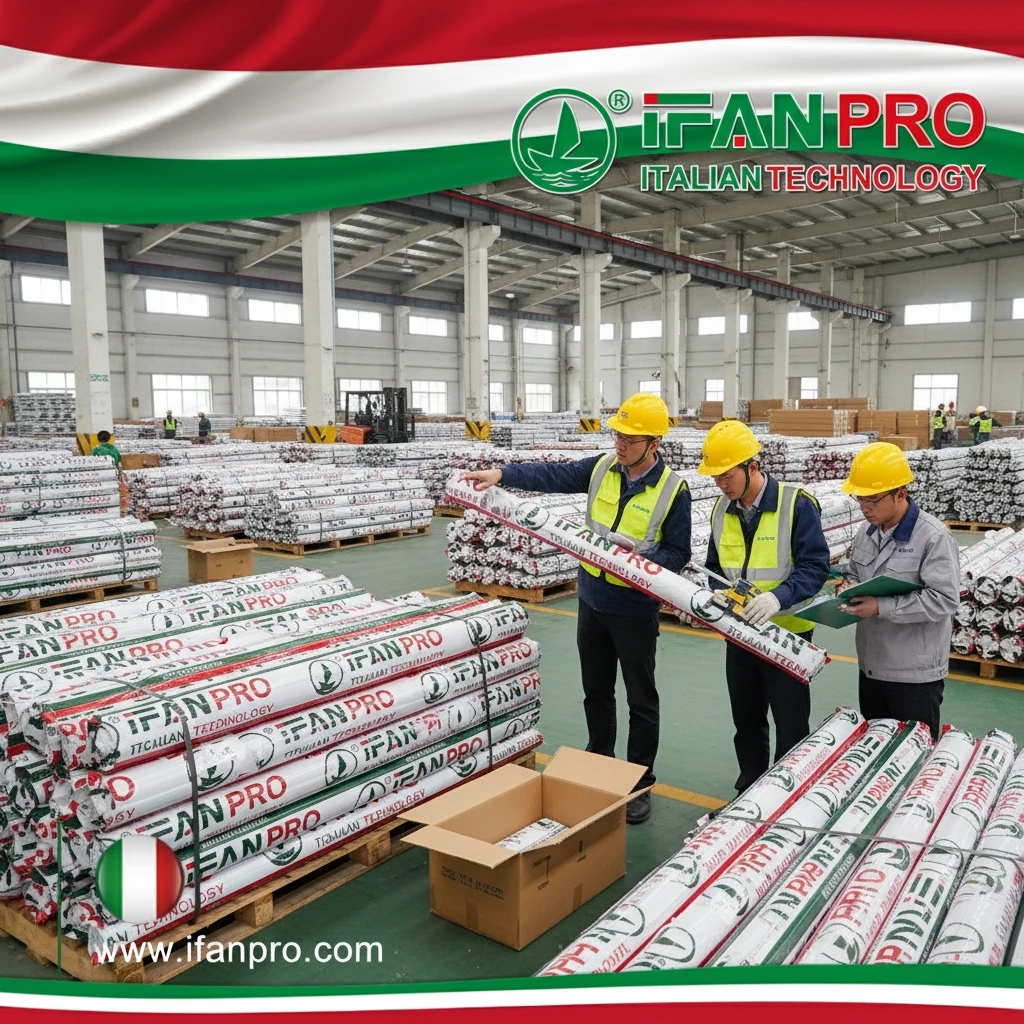During a recent irrigation system installation, I watched a novice installer struggle with a handsaw, creating jagged edges that compromised subsequent connections. The resulting leaks caused significant water damage before we identified the source. This experience reinforced how proper cutting technique fundamentally impacts PVC system integrity.
Achieving smooth PVC cuts requires selecting the right tool for each pipe size, maintaining sharp blades, using proper supporting techniques, and finishing with thorough deburring. For pipes up to 2 inches, plastic-specific tubing cutters deliver optimal results, while larger diameters demand ratchet-style cutters or fine-toothed saws with guide jigs for precision.
Mastering PVC cutting involves understanding tool capabilities, material behavior, and safety considerations. Let’s examine the specific methods that ensure clean, square cuts ready for reliable connections.
What Tools Achieve Professional-Grade PVC Cutting Results?

After testing twelve different cutting methods on identical PVC pipes, our team identified clear performance differences. The professional tools not only produced cleaner cuts but also reduced installation time by 30% compared to improvised methods.
Professional PVC cutting requires specialized tools matched to pipe diameter: scissor-style cutters for ½-1″ pipes, ratchet cutters for 1-2″ pipes, and miter saws with plastic-cutting blades for larger diameters or multiple cuts. Each tool type addresses specific material challenges while minimizing deformation and ensuring straight cuts.
Tool Selection by Pipe Size
Different tools excel in specific size ranges:
Small Diameter Pipes (½” to 1″)
Scissor-style PVC cutters provide the cleanest results for smaller pipes. These tools employ compound leverage for easy cutting and sharp, curved blades that smoothly slice through the material. Their compact design allows operation in tight spaces where saws cannot reach.
Medium Diameter Pipes (1″ to 2″)
Ratchet-style cutters deliver superior performance for medium pipes. The ratcheting mechanism multiplies cutting force incrementally, enabling clean cuts with minimal physical effort. This controlled action prevents the pipe crushing that often occurs with standard cutters.
Large Diameter Pipes (2″ and above)
Power tools become necessary for larger pipes. A miter saw with an 80-tooth plastic-cutting blade produces factory-quality ends quickly. Alternatively, a fine-toothed handsaw (18-32 TPI) with a cutting guide ensures straight cuts when power isn’t available.
Tool Performance Comparison
Understanding tool capabilities ensures proper selection:
| Tool Type | Best Pipe Size | Cut Quality | Speed | Portability |
|---|---|---|---|---|
| Scissor Cutter | ½” – 1″ | Excellent | Fast | High |
| Ratchet Cutter | 1″ – 2″ | Very Good | Moderate | High |
| Miter Saw | 2″ – 6″ | Perfect | Very Fast | Low |
| Fine-Toothed Saw | 2″ – 8″ | Good | Slow | Medium |
How Can You Prevent PVC Pipes from Cracking During Cutting?
I once investigated multiple cracked pipes in a swimming pool filtration system that all traced back to improper cutting techniques. The stress fractures developed gradually until catastrophic failure occurred under pressure, flooding the equipment room.
Preventing PVC cracking requires supporting the pipe properly, applying gradual pressure, using sharp blades, and avoiding over-tightening of tools. Additionally, cutting in moderate temperatures prevents brittle behavior, while rotational cutting techniques distribute stress evenly around the pipe circumference.
Mechanical Stress Management
Proper technique minimizes cracking risk:
Support and Alignment
Always support the pipe on both sides of the cut, particularly with longer lengths. Use a miter box, vise, or custom jig to prevent flexing during cutting. For larger diameters, rotate the pipe during cutting rather than the tool to maintain consistent pressure distribution.
Pressure Application
Apply gradual, increasing pressure rather than forceful squeezing. With ratchet cutters, use full ratchet cycles without forcing the mechanism. With saws, let the tool do the work—excessive pressure generates heat and stress points that initiate cracks.
Temperature Considerations
PVC becomes brittle below 50°F (10°C) and overly soft above 100°F (38°C). Ideally, cut at room temperature or warm cold pipes slightly with a heat gun before cutting. Never cut frozen pipes, as they will almost certainly crack.
Tool Maintenance for Crack Prevention
Sharp tools are essential for clean cuts:
Blade Sharpness
Dull blades crush rather than cut PVC, creating micro-fractures that expand under pressure. Regularly inspect cutter blades for nicks or dullness. Replace blades when cutting requires excessive force or produces rough edges.
Proper Tool Adjustment
Adjust cutting tools to match pipe diameter precisely. Over-tightened scissor cutters compress the pipe walls before cutting, creating stress points. Follow manufacturer settings for different pipe sizes.
What Techniques Ensure Perfectly Square Cuts on PVC Pipes?
We once measured how out-of-square cuts affected a sprinkler system’s performance. Just 3 degrees of deviation reduced coverage efficiency by 15% and caused uneven pressure distribution. This demonstrated how cut quality directly impacts system functionality.
Achieving perfectly square cuts requires using cutting guides, marking circumferentially, verifying alignment, and employing proper technique. Miter boxes, dedicated PVC cutting jigs, or marked templates ensure 90-degree angles, while rotational cutting methods maintain perpendicular alignment throughout the cutting process.
Precision Marking Methods
Accurate marking precedes perfect cutting:
Circumferential Marking
Wrap painter’s tape or a commercial marking guide around the pipe at the cut point. The tape edge provides a visual guide for maintaining perpendicular alignment during cutting. This method works particularly well with larger diameters where standard squares won’t reach across the pipe.
Laser and Template Guides
For production work, laser guides attached to cutting tools project a precise cut line. Alternatively, create custom templates from scrap wood or PVC with pre-cut 90-degree slots that guide your saw or cutter.
Cutting Execution Techniques
Proper execution ensures square results:
Scissor/Ratchet Cutter Technique
Position the blade exactly on your mark before applying pressure. Maintain the tool perpendicular to the pipe throughout the cut, checking alignment from multiple angles. With ratchet tools, complete full ratchet cycles without twisting.
Saw Cutting Method
Use a miter box or cutting guide for handsaws. Begin with light scoring strokes to establish a groove, then increase to full strokes while maintaining consistent angle and pressure. Let the saw do the work—forcing causes deviation.
Power Tool Approach
Secure the pipe firmly in a vise or jig when using power saws. Use a sharp, fine-toothed blade and feed the pipe slowly into the blade. Support the cut piece to prevent breaking at the end of the cut.
How Do You Safely Handle Large-Diameter PVC During Cutting?
A construction site incident where an unsecured 8-inch PVC pipe fell during cutting highlighted the substantial safety risks with large diameters. The pipe weighed over 80 pounds and caused significant damage when it dropped, emphasizing the need for proper handling protocols.
Safely handling large-diameter PVC requires adequate support, proper securing methods, team coordination for heavy pieces, and appropriate personal protective equipment. Pipe rollers, vises, or custom cradles prevent movement during cutting, while multiple-person handling prevents strain injuries and maintains control.
Support and Securing Systems
Proper support prevents accidents:
Mechanical Support Options
For pipes 4 inches and larger, use pipe stands or roller supports at both ends of the cut. These specialized tools cradle the pipe while allowing rotation for optimal cutting position. Never attempt to support large pipes with makeshift arrangements.
Securing Methods
Secure the pipe section before cutting using strap clamps or vises with plastic jaws to prevent crushing. Position supports close enough to the cut point to minimize vibration and flexing, which causes binding and kickback.
Stability Considerations
Account for the weight shift that occurs when a large pipe is severed. The cut piece can fall unexpectedly, while the remaining section may roll or shift position. Plan the cut sequence to maintain stability throughout the process.
Personal Safety Protocol
Protective measures prevent injuries:
Personal Protective Equipment
Always wear safety glasses to protect against PVC chips and debris. Use cut-resistant gloves when handling sharp pipe edges, and wear steel-toed boots when working with large-diameter pipes due to their substantial weight.
Team Lifting Techniques
When manual handling is necessary, use proper lifting techniques and team coordination. Designate one person to direct the lift and maintain communication throughout the process. Use mechanical aids like dollies or forklifts for pipes exceeding 50 pounds.
Work Area Setup
Establish a clear, organized work area free of trip hazards. Ensure adequate lighting and space to maneuver large pipes safely. Have a first aid kit readily available and establish emergency procedures before beginning work.
Conclusion
Achieving smooth, square PVC cuts requires selecting appropriate tools for each pipe size, employing techniques that prevent cracking, using guides for precision, and implementing proper safety measures for large diameters. Mastering these elements ensures professional results, prevents system failures, and maintains a safe working environment throughout the installation process.













Recent Comments